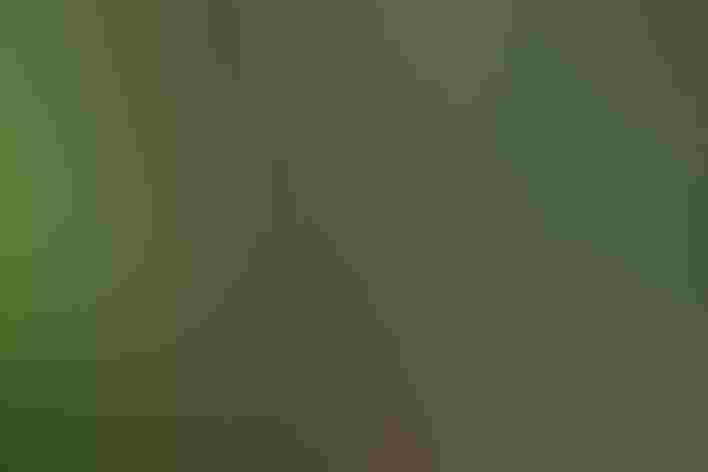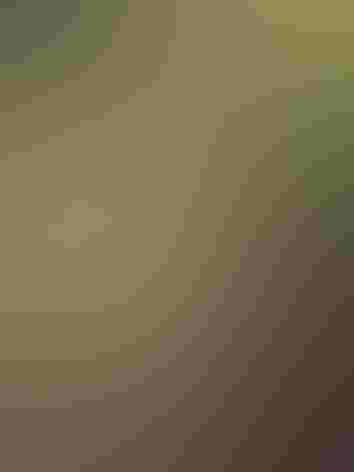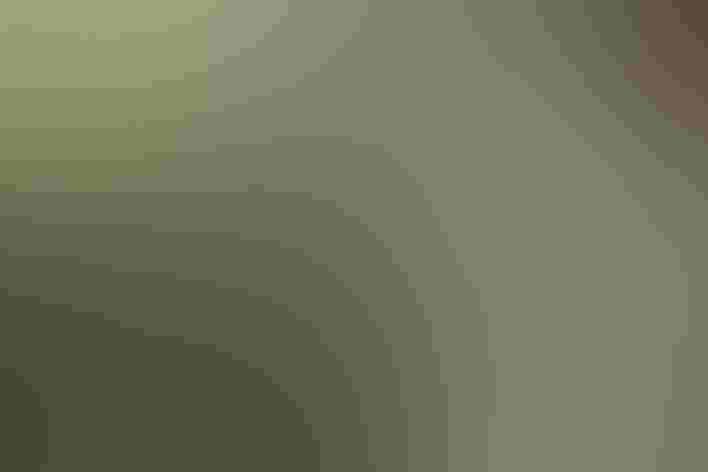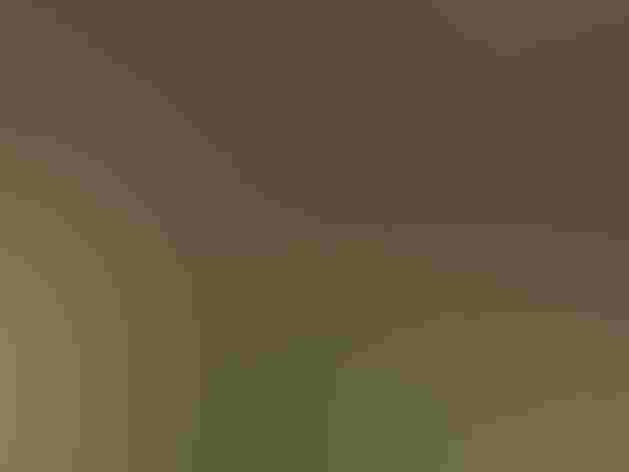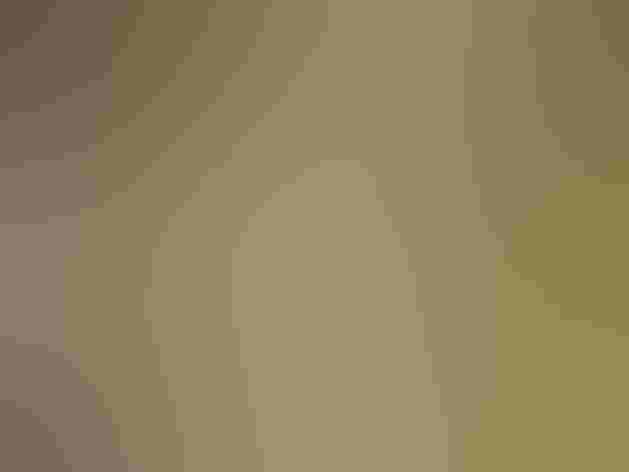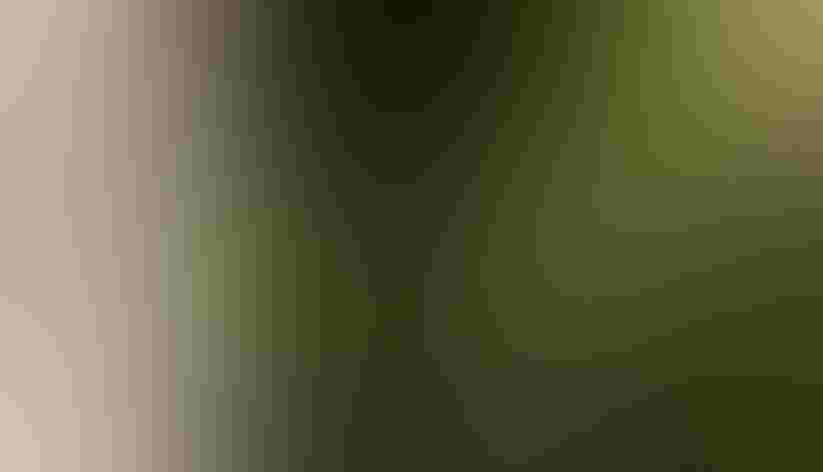White-eyed Vireo
At a Glance
A busy bird of the thickets, most common in the southeast. Although the White-eyed Vireo usually stays in dense cover, it is not always hard to see; it will come up to examine and scold a birder who stands near the bushes and makes squeaking sounds. Even when it remains out of sight, its snappy song is distinctive. In Bermuda, where the bird is common, it is widely known as 'chick-of-the-village,' a good rendition of the song.
All bird guide text and rangemaps adapted from Lives of North American Birds by Kenn Kaufman© 1996, used by permission of Houghton Mifflin Harcourt Publishing Company. All rights reserved.
Category
Perching Birds, Vireos
IUCN Status
Least Concern
Habitat
Forests and Woodlands, Freshwater Wetlands, Shrublands, Savannas, and Thickets
Region
California, Eastern Canada, Florida, Great Lakes, Mid Atlantic, New England, Plains, Southeast, Texas
Behavior
Direct Flight, Flitter, Rapid Wingbeats
Population
24.000.000
Range & Identification
Migration & Range Maps
Present all year in many southern areas. Farther north, appears relatively early in spring and lingers fairly late in fall compared to most vireos. A very rare stray in the West.
Description
5" (13 cm). Yellow "spectacles" around white eyes. Olive-gray above, whitish below, with two white wing-bars and with yellow tinge on sides. Immatures in first fall and winter have darker gray-brown eyes.
Size
About the size of a Sparrow
Color
Black, Gray, Green, White, Yellow
Wing Shape
Rounded
Tail Shape
Notched, Square-tipped
Songs and Calls
Loud, explosive series of notes, chip-a-wheeoo-chip or Quick, give me a rain check!
Call Pattern
Flat, Undulating
Call Type
Buzz, Chirp/Chip, Trill, Whistle
Habitat
Wood edges, brush, brambles, undergrowth. Breeds in various kinds of dense low growth, including briar tangles on low swampy ground, shrubby thickets of maple, wild plum, willow, and other saplings in overgrown pastures, and scrub in open woods or near forest edges. Winters in a wide array of similar habitats.
Sign up for Audubon's newsletter to learn more about birds like the White-eyed Vireo
Behavior
Eggs
4, sometimes 3-5. White with specks of brown or black. Incubation is by both parents, 13-15 days. Nests are commonly parasitized by cowbirds.
Young
Both parents feed the nestlings. Young leave the nest about 9-11 days after hatching. 1 brood per year in the north, 2 in the south.
Feeding Behavior
Forages by moving actively among twigs and branches in dense low cover, searching for insects among the foliage. Often hovers momentarily to take insects from leaves.
Diet
Insects and berries. In the breeding season, takes almost entirely insects, and nearly one-third of diet then may be caterpillars, moths, and butterflies. Diet also includes true bugs, scale insects, many kinds of beetles, ants, wasps, bees, grasshoppers; also spiders, snails, and occasionally small lizards. In migration and in winter, also eats berries and small fruits.
Nesting
Male sings incessantly from early spring to late summer to defend nesting territory. In courtship, male displays to female by fluffing plumage, spreading tail, and uttering a whining call. Nest: Placed low (within 25' of ground, usually much lower) in shrub or sapling. Nest is supported by the rim woven onto a horizontal forked twig. Both parents help build nest, a deep, hanging cup made of twigs, roots, shreds of bark, grass stems, leaves, plant down, lichen, moss, sometimes fragments of wasp nests. Nest is bound with spiderwebs, lined with fine grass and fibers.
Conservation
Conservation Status
Northern edge of range varies over time: for example, disappeared from Massachusetts and then re-invaded; spread into Michigan in 1960s. Surveys indicate slight declines over much of range since 1960s.
Climate Threats Facing the White-eyed Vireo
Choose a temperature scenario below to see which threats will affect this species as warming increases. The same climate change-driven threats that put birds at risk will affect other wildlife and people, too.


